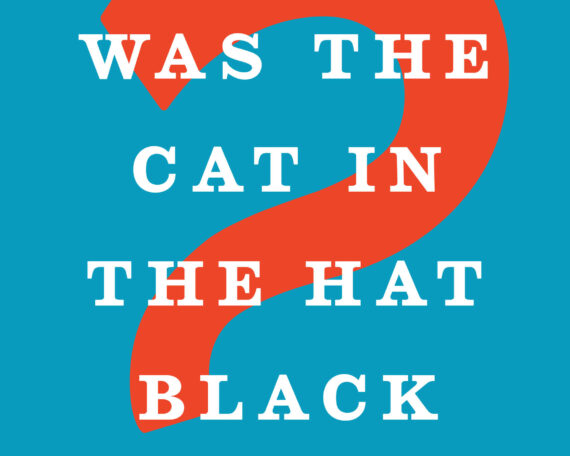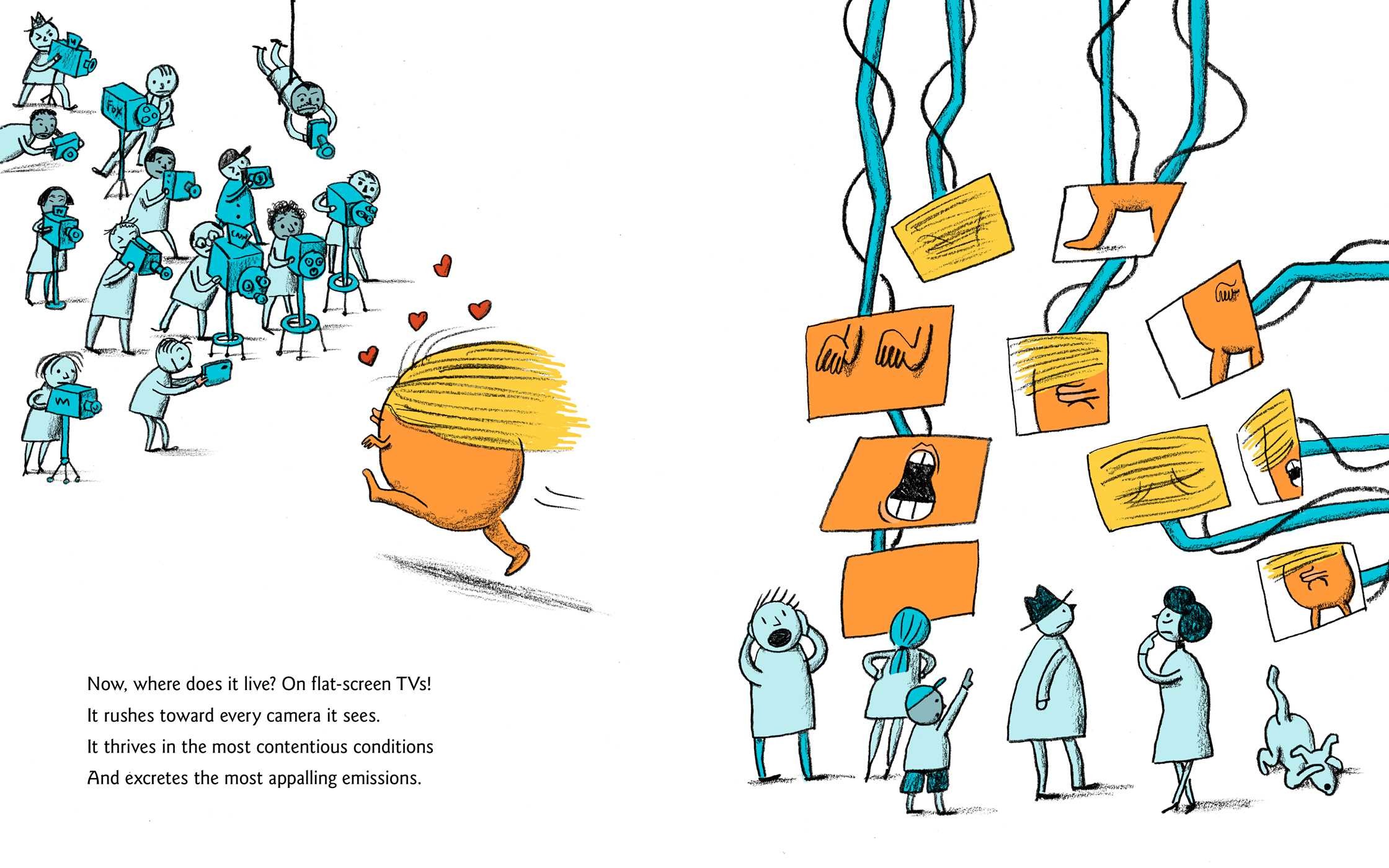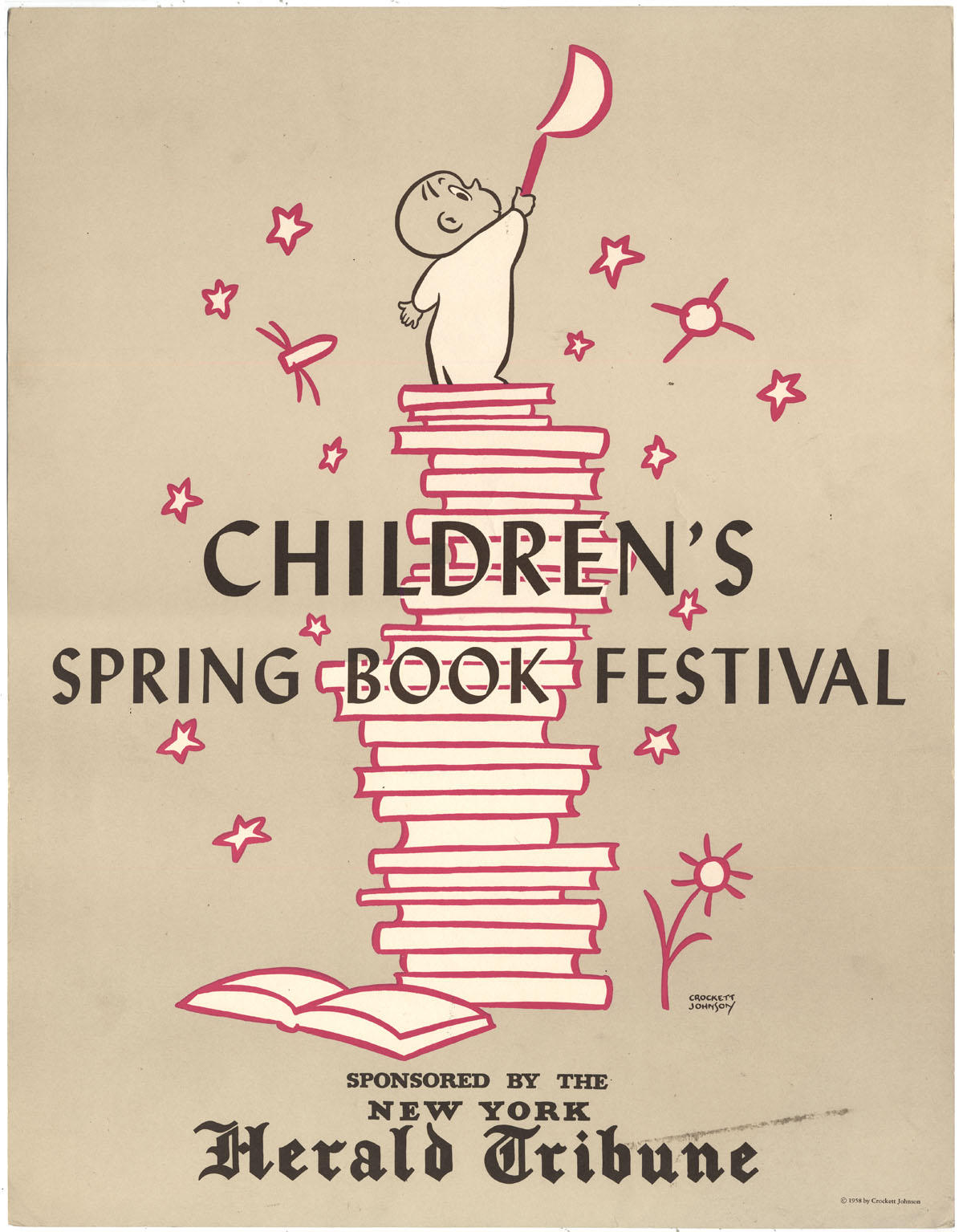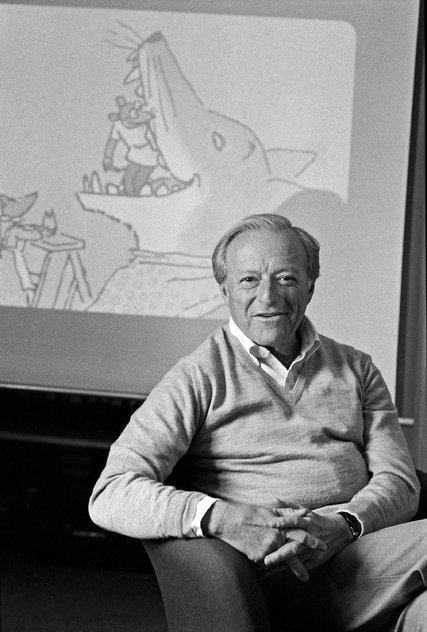MLA 2018 Call for Papers! Calling Dumbledore’s Army: Activist Children’s Literature
Books can encourage children to question rather than accept the world as it is. Literature for young people can invite them to imagine a world where black lives matter, women’s rights are human rights, poverty does not limit one’s life choices, LGBTQ youth know they are loved, indigenous peoples’ rights are respected, the disabled have




